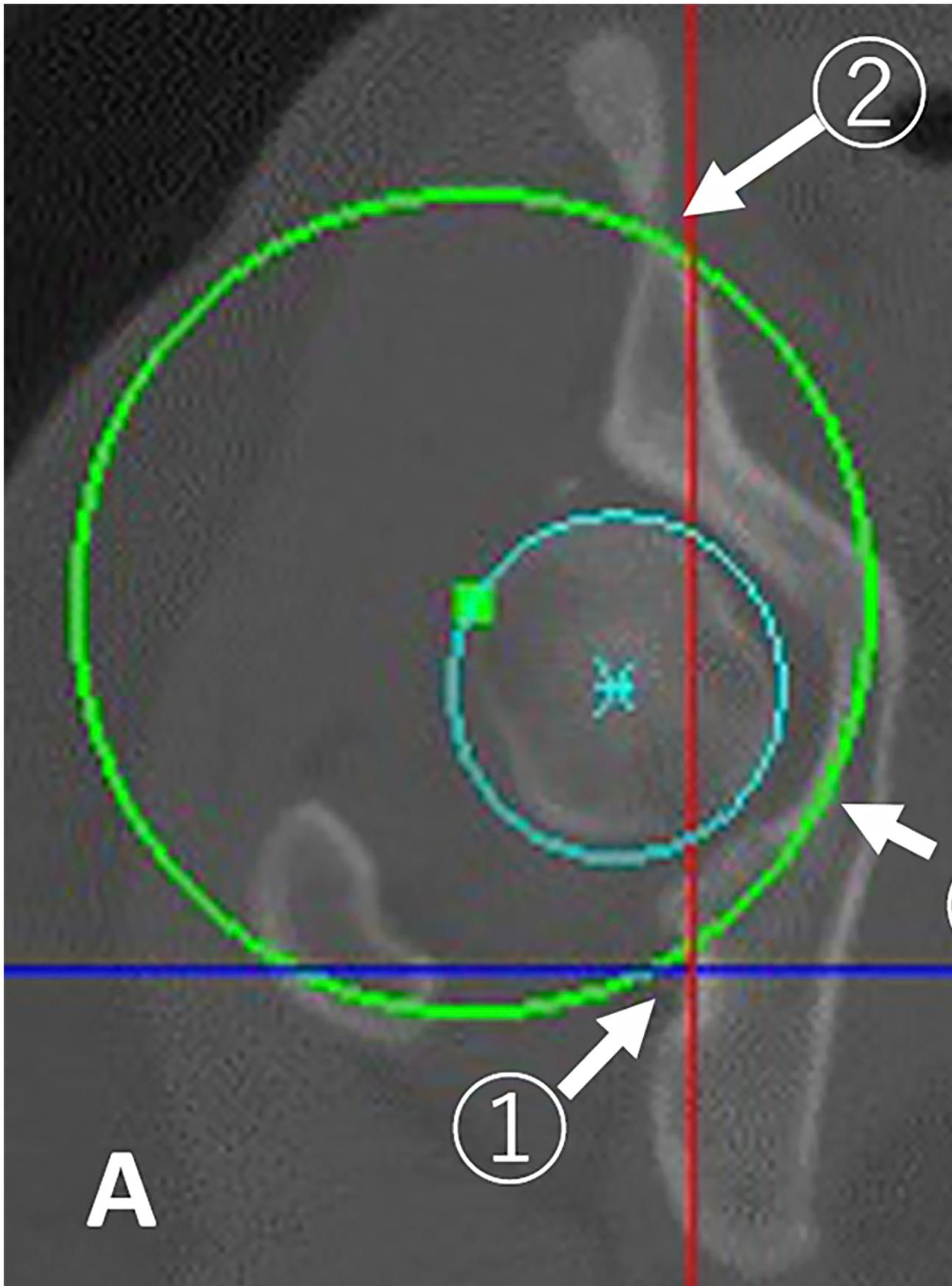As surgeons, we are always looking to improve, or at least we should be. How can we obtain better outcomes? How can procedures be more time efficient? Can we use smaller incisions? Questions like these have led to incredible leaps forward within orthopaedics. Hip-preservation surgery is one such promising frontier for innovation.
In the latest issue of JBJS, Kaneuji et al. report on a retrospective series of 55 hips (in 52 patients) that underwent a spherical periacetabular osteotomy (SPO), with patient-specific preoperative planning utilizing CT images imported into 3D templating software. Advantages of the SPO include the use of a small incision with less local trauma, and the potential for increased risk of bone nonunion at the pubis, which has been seen with the prototypical Bernese periacetabular osteotomy.
The novel procedure is described in detail in the manuscript, and 2-year follow-up data are presented. The authors found significant radiographic improvement, without signs of joint perforation from the chisel. Bone union was achieved in all hips within 3 months postoperatively. Just 1 hip had osteoarthritis progression, and no conversions to arthroplasty were reported. Also noted were significant improvements in the Harris hip score (57.9 to 89.6) and the Japanese Orthopaedic Association Hip Disease Evaluation Questionnaire (36.8 to 63.5), with an improvement in satisfaction as rated with the visual analog scale.
Regarding complications, mild sensory impairment in the lateral femoral cutaneous nerve distribution was noted in 89% of the cases, with a majority of the cases resolving. In addition, 11 (20%) of the hips had loss of correction of bone rotation (<3 mm) or the sourcil angle (<3°). Overall, the authors report good early results and conclude that SPO may become a useful minimally invasive procedure.
Scar size is indeed a key metric we look at. After reading this report, I measured the incision in my current periacetabular osteotomy case, which was 9 cm (compared to the 7 cm touted with this novel method). But it is also important to review patient-reported outcomes as well as longer-term results and complications, and even consider study designs such as a trial comparing this novel method and the Bernese periacetabular osteotomy. Such data could help to advance our efforts in hip preservation and, importantly, our care of orthopaedic patients.
Matthew R. Schmitz, MD
JBJS Deputy Editor for Social Media



